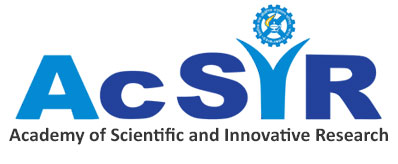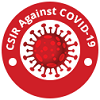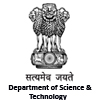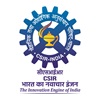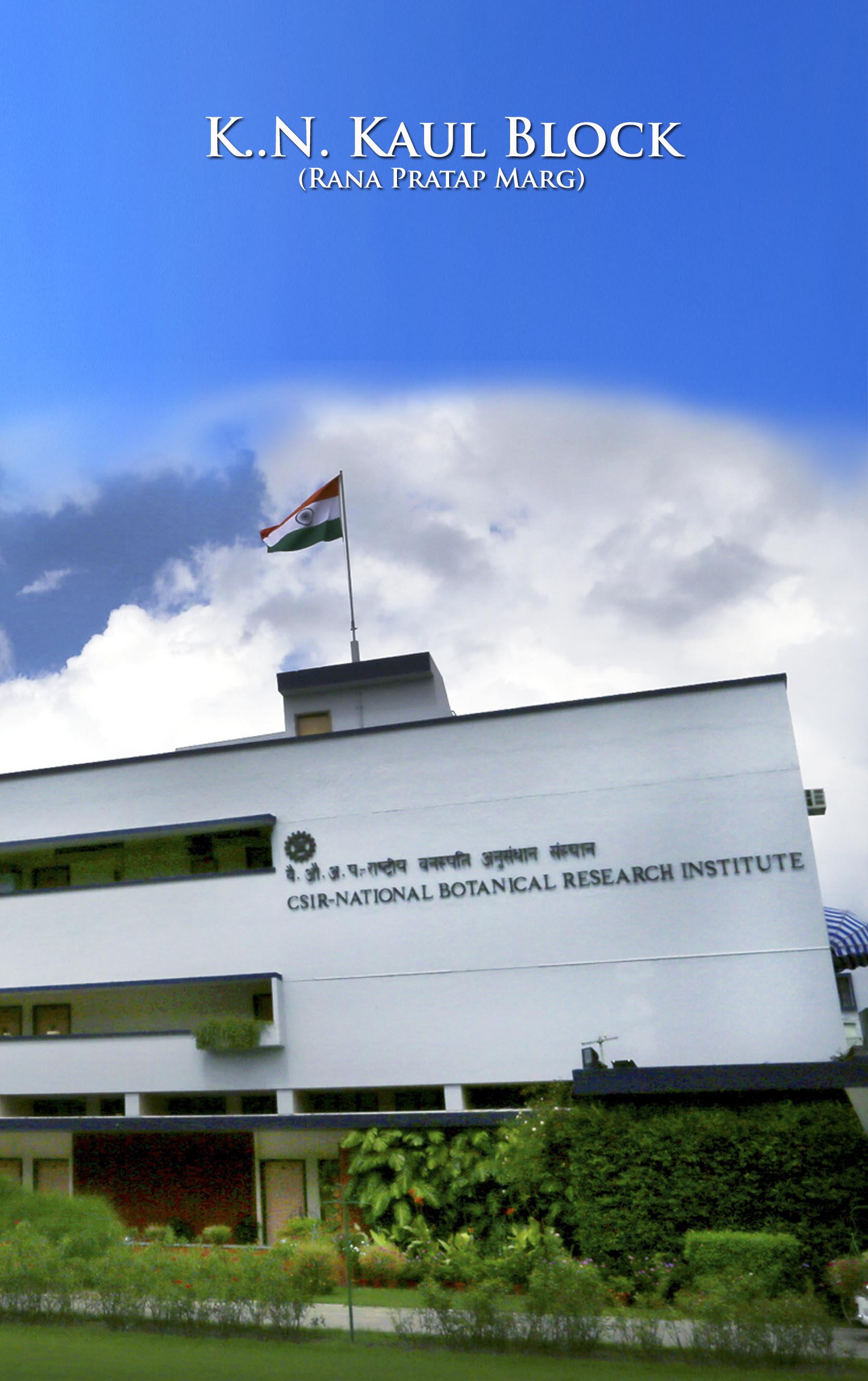

Dr. Manish Tiwari
Senior Scientist
Research Interests
We are interested in understanding the molecular mechanism by which far-red light regulates gene expression in plants. Our research is focussed on phytochromes and elucidating downstream signalling networks in plants. We investigate how plants use the phytochromes and other photoreceptors to respond the vegetation proximity and the signalling cascades that translate this information into adaptive responses.
Dr. Manish Tiwari
Senior Scientist
Research Summary
Plants monitor and respond developmentally to an array of environmental light signals. Our research is aimed to understand light signal transduction pathways activated by the phytochrome family of sensory photoreceptors that absorb red and far-red region of the light spectrum. The photoreceptor molecule acts as a biological switch that upon perception of the light signal triggers rapid transcriptional changes. The transcriptional networks are comprised of a broad range of transcription factors and cofactors including Phy Interacting Factors (PIFs) that controls every aspect of the plant life cycle such as seed germination, de-etiolation and flowering time. Our research will help to understand how plants communicate to each other and neighbours especially using reflected light. This knowledge will important to realign our agricultural systems to be more efficient and productive in sustainable manner.
Dr. Manish Tiwari
Senior Scientist
Publications
1. Priyanka N., Geetha N., Tiwari M., Sahi S.V., Venkatachalam P. (2021) Zinc oxide nanocatalyst mediates cadmium and lead toxicity tolerance mechanism by differential regulation of photosynthetic machinery and antioxidant enzymes level in cotton seedlings, Toxicology Reports, 8, 295-302 (Cite Score:6.0). https://doi.org/10.1016/j.toxrep.2021.01.016
2. Tiwari M*., Trivedi P.K., Pandey A*. (2020) Emerging tools and paradigm shift of gene editing in cereals, fruits and horticultural crops for enhancing nutritional value and food security, Food and Energy Security (IF:4.1)* Corresponding authors. https://doi.org/10.1002/fes3.258
3. Houbaert A., Zhang C., Tiwari M., Wang K., de Marcos Serrano A., Savatin D.V., Urs M.J., Zhiponova M.K., Gudesblat G.E., Vanhoutte I., Eeckhout D., Boeren S., Karimi M., Betti C., Jacobs T., Fenoll C., Mena M., de Vries S., De Jaeger G. and Russinova E. (2018) POLAR-guided signaling complex assembly and localization drive asymmetric cell division, Nature, 563, 574–578 (IF:43.07). https://doi.org/10.1038/s41586-018-0714-x
4. Udayabhanu J., Kannan V., Tiwari M., Natesan G., Giovanni B., Venkatachalam P. (2018) Nanotitania crystals induced efficient photocatalytic color degradation, antimicrobial and larvicidal activity, Journal of Photochemistry and Photobiology B:Biology,178,496-504(IF-4.067). https://doi.org/10.1016/j.jphotobiol.2017.12.005
5. Tiwari M., Venkatachalam P., Penarrubia L. and Sahi S.V (2017) COPT2, a plasma membrane located copper transporter, is involved in the uptake of Au in Arabidopsis, Scientific Reports (nature publishing group), 7, 11430 (IF- 4.25). https://doi.org/10.1038/s41598-017-11896-5
6. Tiwari M., Sharma N., Fleischmann P., Burbage J., Venkatachalam P., and Sahi S.V. (2017) Nanotitania Exposure Causes Alterations in Physiological, Nutritional and Stress Responses in Tomato (Solanum lycopersicum), Front. Plant Sci., 8, 633 (IF-4.49). https://doi.org/10.3389/fpls.2017.00633
7. Singh G., Tiwari M., Singh S. P., Singh R., Singh S., Shirke, P. A., Trivedi P.K. and Misra P. (2017) Sterol glycosyltransferases required for adaptation of Withania somnifera at high temperature, Physiol Plant., 160, 297-311 (IF-3.33). https://doi.org/10.1111/ppl.12563
8. Venkatachalam P., Priyanka N., Manikandan K., Ganeshbabu I., Indiraarulselvi P., Geethaa N., Tiwari M., and Sahi S. V. (2016) Enhanced plant growth promoting effect of phycomolecules coated zinc oxide nanoparticles (ZnONPs) with P supplementation in cotton (Gossypium hirsutum L.), Plant Physiology & Biochemistry, 110, 118-127 (IF- 3.404). https://doi.org/10.1016/j.plaphy.2016.09.004
9. Sharma D., Tiwari M., Pandey A., Bhatia C., Sharma A., and Trivedi P.K (2016) MicroRNA858 is a potential regulator of phenylpropanoid pathway and plant development in Arabidopsis, Plant Physiology, 171, 2, 944-959 (IF- 6.456). https://doi.org/10.1104/pp.15.01831
10. Singh G., Tiwari M., Singh S., Singh S., Trivedi P.K. and Misra P. (2016) Silencing of sterol glycosyltransferases modulate the withanolides biosynthesis and lead to compromised basal immunity of Withania somnifera, Scientific Reports (nature publishing group), 5;6:25562 (IF- 5.525). https://doi.org/10.1038/srep25562
11. Tiwari M., Krishnamurthy S., Shukla D., Kiiskila J., Jain A., Datta R., Sharma N. and Sahi S.V. (2016) Comparative transcriptome and proteome analysis to reveal the biosynthesis of gold nanoparticles in Arabidopsis, Scientific Reports (nature publishing group), 6:21733. (IF- 5.525). https://doi.org/10.1038/srep21733
12. Sharma D., Tiwari M., Lakhwani D., Tripathi R.D. and Trivedi P.K. (2015) Differential expression of microRNAs by arsenate and arsenite stress in natural accessions of rice, Metallomics, 7, 174-187. (IF-3.585). https://doi.org/10.1039/c4mt00264d
13. Tiwari M., Sharma D., Trivedi P.K., (2014) Artificial microRNA mediated gene silencing in plants: progress and perspectives. Plant Mol Biol. 86, 1-18. (IF-4.257). https://doi.org/10.1007/s11103-014-0224-7
14. Tiwari M., Sharma D., Singh M., Tripathi R.D. and Trivedi P.K. (2014) Expression of OsMATE1 and OsMATE2 alters development, stress responses and pathogen susceptibility in Arabidopsis. Scientific Reports (nature publishing group), 4:4, 3964. (IF- 5.578). https://doi.org/10.1038/srep03964
15. Tiwari M., Sharma D., Dwivedi S., Singh M., Tripathi R.D. and Trivedi P.K. (2014) Expression of rice NRAMP, OsNRAMP1, in Arabidopsis and cellular localization reveal involvement in arsenic transport and tolerance, Plant, Cell and Environment, 37:1, 140-152. (IF- 6.960). https://doi.org/10.1111/pce.12138
16. Misra P., Pandey A., Tiwari M., Chandrashekhar K., Siddhu O.P., Asif M.H., Chakrabarty D., Singh P.K., Nath P., Trivedi P.K. and Tuli R. (2010) Modulation of transcriptome and metabolome by AtMYB12 transcription factor leads to insect tolerance. Plant Physiology, 152:4, 2258-2268. (IF-6.535). https://doi.org/10.1104/pp.109.150979
Dr. Manish Tiwari
Senior Scientist
Patents/Technologies
Dr. Manish Tiwari
Senior Scientist
Research Scholars
Sarvjeet Singh, CSIR-JRF
Dr. Manish Tiwari
Senior Scientist
Contact Details
Molecular Biology and Biotechnology Division
CSIR-National Botanical Research Institute
436, Rana Pratap Marg, Lucknow-226001, INDIA
Phone no.: 0522-2297946
Email: manish.tiwari1@nbri.res.in




